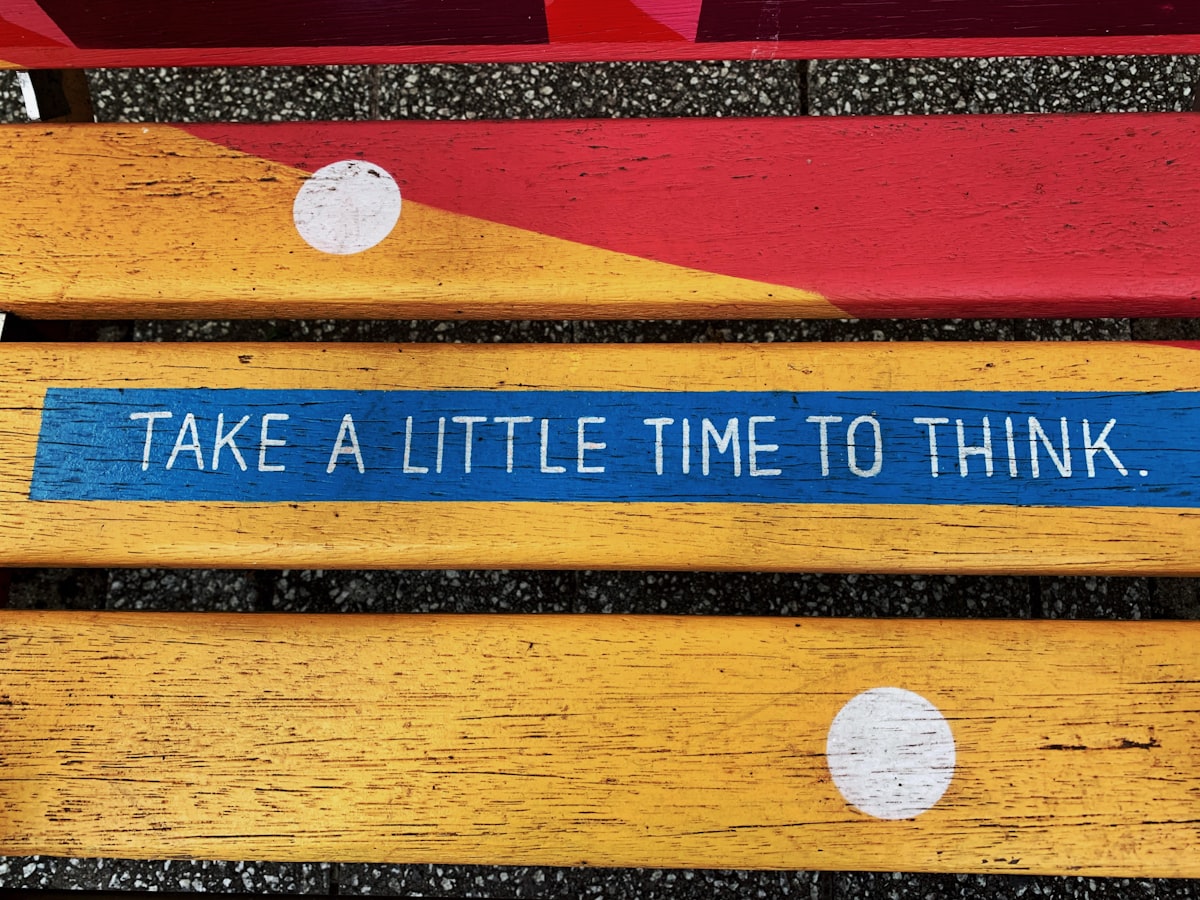3 Effective Strategies to Foster Student Responsibility in Learning: Empowering Lifelong Learners
As educators, one of our primary goals should be to develop in our students a sense of responsibility for learning.

As educators, one of our primary goals should be to develop a sense of responsibility for learning in our students. This is important for academic proficiency and the development of lifelong learning skills. If teachers do their job well, we will eventually become obsolete.
We can incorporate three strategies into our teaching practices to build this sense of responsibility.
Personal Goal Setting
“Setting goals is the first step in turning the invisible into the visible” -Tony Robbins
First, encourage students to set their personal learning goals. By guiding them through this process, we allow them to take ownership of their learning journey, which makes them more invested. It also provides a clear direction for their studies, keeping them focused and motivated. Start off the school week by giving students a few minutes to reflect on last week, review their academic data, and then ask them to write a goal or two for the week ahead. This is a simple way to lead them through the process.
Self-Assessment
“The unexamined life is not worth living.” -Socrates
Second, integrate self-assessment activities into our teaching. The value of self-assessment is often underestimated. However, it plays a vital role in learning responsibility. It encourages students to reflect on their performance, understand their strengths, and identify areas they need to work on.
Thinking about your thinking and taking appropriate action is one of the most important skills students should learn in school. It's a skill that pays off throughout adulthood. Reflecting leads to personal growth and motivates students to take charge of their improvement. Take a few minutes throughout the week to have students reflect on the goals they set for themselves. Invite them to take corrective action if needed. This ability to change their course when needed will pay dividends throughout their lives. Many adults struggle in this category.
Shared Decision Making
“Nothing is more difficult, and therefore more precious, than to be able to decide.” -Napoleon Bonaparte
Lastly, let's include our students in decision-making processes related to their learning. This can range from letting them choose topics for projects to selecting reading materials. I enjoy building playlists for my students with opportunities for decision making built in.
This approach gives students a sense of control over their learning. It enhances their engagement and motivation and encourages them to take responsibility for the outcomes of their decisions. Life is full of choices. This gives students the necessary practice in making good decisions.
Final Thoughts
When done correctly, learning can become a bit messy, much like life. This "controlled chaos" is worthwhile when you know students are developing their ability to steer their ship. Many adults struggle with this. Life is messy.
Let's provide students with the instruction and practice that enables them to organize the mess in a way that works best for them.
❤ Enjoy this Article?
🍵 🤗 Share It



